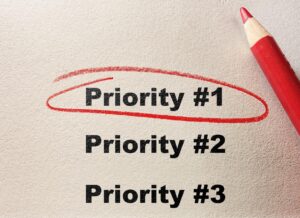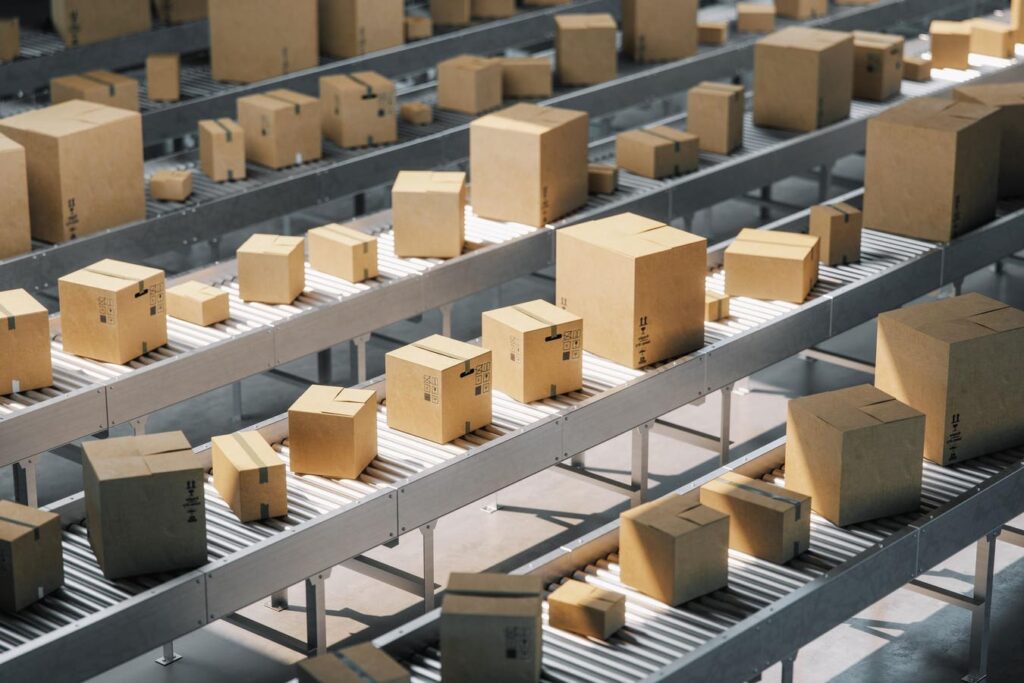Tom Wicky is the co-founder and CEO MyFBAPrep, a global warehouse network that serves top Amazon sellers and enterprise brands.
Fulfillment by Amazon (FBA) is one of the most cost-effective avenues for new sellers to get started with e-commerce, so much so that an estimated 73% of all Amazon sellers use FBA as part or all of their fulfillment strategies.
When you consider Amazon lists over 9.7 million individual sellers pushing some 3.4 billion products per year, FBA is one of the largest-scale logistics initiatives on the planet.
That makes sense considering, even with FBA fees, FBA can be cheaper than setting up your own in-house logistics and infrastructure. You don’t have to buy a warehouse, you don’t need the sales volume to achieve a cost-effective partnership with shippers, and you don’t need to handle customer service.
In short, FBA is logistics and return logistics as-a-service for the low cost of selling on Amazon and paying a few fees. As a result, it can seem like a must-have for new sellers who want to get started on Amazon, or any other e-commerce platform.
Still, it’s not without its challenges, and you’ll have to set up operations carefully, plan costs and manage your expenses if you want your store to join the ranks of the 87% of Amazon sellers who turn a profit. Here’s what you need to know about the biggest challenges of selling on FBA.
One of the biggest challenges is the fees. Fulfilled by Amazon is considered one of the cheapest ways for new sellers to get into e-commerce. At the same time, fees can be considerable, and it will be important to calculate them into your bottom line.
Another big challenge for Amazon sellers, especially third-party sellers, is the high level of competition on the platform. Unless you have a private label product, you will compete with other sellers for the same listing. This often means carefully managing pricing and competing to win the “buy box,” or having your product listed under the “Buy It Now” button. Having that placement can greatly accelerate sales, but often means managing the price of your product and shipping times to outcompete other sellers. That can heavily cut into your margins.
Packaging Restrictions and FBA Prep are another surprise expense for some sellers. Shipping products to FBA means preparing products with proper barcodes, meeting packaging requirements and getting your inbound shipment requirements just right. If you send in any noncompliant items that haven’t been properly prepped, you risk fines and delays in getting your items listed ready for sale.
Amazon restrictions can be another big hurdle for some sellers. Amazon puts significant restrictions on new product sales. In fact, of the 33 categories, you can only openly list 26. You’ll also need approval to list on some, especially if your product falls under a frequently counterfeited niche. However, FBA also poses other challenges for new sellers. For example, not all products are a good fit for FBA. If your product is large and bulky, has a long sales pipeline, or otherwise counts as slow-moving inventory, it will only continue to rack up costs in FBA instead of turning a profit.
To avoid sending in ill-fitted products, you’ll have to do an inventory analysis and fit assessment before moving your inventory to FBA.
Many of Amazon’s biggest FBA fees are avoidable with good inventory management. For example, you can get up to a 100% discount on new placement fees by ensuring your boxes go to four-plus locations. You can avoid slow-moving inventory fees and minimize warehousing fees by always keeping 28-60 days of inventory in FBA and ensuring no inventory stays longer than three months.
You’ll also have to keep in mind that FBA replenishment requires math. If you’re shipping directly from a Chinese supplier to FBA, you’ll likely have a single pallet that can’t be broken up, meaning you’ll pay maximum placement fees. You’ll also run into issues where you can’t restock from local warehousing because planned shipments count as stock in FBA from the moment you plan the shipment.
Maintaining throughput is also an important part of managing your FBA, because throughput, or the rate of sales to inventory, determines fees and your restock limits. FBA restock limits are based on a three-month throughput limit. That doesn’t apply for new accounts, so you’ll want to have an advertising strategy in place to ensure you get throughput up and therefore stock limits early.
If sales go down at any point, so do your restock limits. You’ll also have to consider that if stock goes below 28 days on average, you’ll also pay fees. So, the sweet spot is figuring out what sales throughput you can maintain and keeping 30-60 days of stock in FBA at all times.
FBA allows you to get into e-commerce marketplaces with a minimum of personal infrastructure and inventory.
However, keeping FBA profitable still means you’ll need a strategy in place, you’ll have to know what you’re paying and when, and you’ll want to take specific steps to minimize fees so you see the highest return on your products.
Often, that means managing inventory levels to maintain the sweet spot of one to two months of inventory in FBA at all times, sticking to standard-size products and ensuring your inbound shipments are timed right to minimize fees and avoid stock dropping too low.
Forbes Business Council is the foremost growth and networking organization for business owners and leaders. Do I qualify?
Read the full article here











